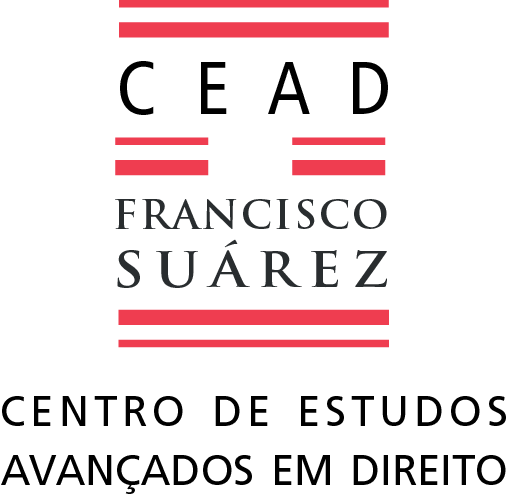Submissions
Submission Preparation Checklist
As part of the submission process, authors are required to check off their submission's compliance with all of the following items, and submissions may be returned to authors that do not adhere to these guidelines.- The submission has not been previously published, nor is it before another journal for consideration (or an explanation has been provided in Comments to the Editor).
- The submission file is in Microsoft Word.
- Where available, URLs for the references have been provided.
- The text adheres to the stylistic and bibliographic requirements outlined in the Author Guidelines.
- The originals should contain, in the following order: Title in the language of the article and in English. If the article is written in English it must also present the title in Portuguese; Summary; Abstract in 200 words accompanied by keywords, Abstract and keywords in English; Full text of the article, written in Times New Roman size 12 with 1.15cm spacing.
Copyright Notice
![]()
Free and open access to the editorial content is guaranteed for all readers, and its full or partial reproduction is permitted under the CC BY 4.0 (Creative Commons Atribuição 4.0 Internacional) license.
Privacy Statement
The names and email addresses entered in this journal site will be used exclusively for the stated purposes of this journal and will not be made available for any other purpose or to any other party.




